The content of the article
The nail plate on the legs has a slightly different structure - so, it is more dense than on the hands, and much less elastic. And you probably noticed that if you have to make various masks to accelerate the growth of nails on your hands, they strengthen them, and they still have an unpleasant property to break, then the toenails grow very quickly, differ in their strength and even grow into the skin, bending and causing discomfort. Therefore, sometimes to bring them in order you have to look for ways to soften.
Why do nails become coarse and grow
Ingrown nails are not only a cosmetic problem, to find its origins, you need to dig deeper. Often, the cause can be heredity, so if your parents, grandfathers, grandmothers continued to grow nails, then there is no way to fix it, and there is only one way out - to properly care for the nail plates, monitor their condition and carefully select the shoes, as it should not be cramped and press on the fingers. And for those who are not prone to the occurrence of such a problem, ingrown nails may appear from the following factors:
- Injuries - this can be bumps or long-term pressure on the nail, which leads to damage and failure in growth.
- Incorrectly chosen shoes - tight shoes squeeze fingers and with prolonged wear lead to a curvature of the nail plate, and, accordingly, to ingrowth.
- Improper care - failure to comply with elementary rules is fraught with the occurrence of this problem; cut nails only straight, leaving at least 0.5 millimeters from the root - so they will grow evenly.
- Age - elderly people often experience a strong thickening of the nail plate, as a result of which the nails grow not only in length but also in height, becoming like a shell.
- Fungal infections - they completely destroy the structure of the nail, and you can’t do without treatment here.
How to soften toenails
Sometimes it happens that all the nails have softened, except for a large one. And there is nothing strange in this, since it has the greatest density, and to cut it, you need to make more effort. To do this, add a few drops of essential oil, eucalyptus or lemon, to the bath water. Or just apply it on the nail plate and hold it, but the first option is still more effective. And, in addition, in the water with essential oil, the nails undergo a kind of disinfection, so you can still rinse the pedicure tools in it - scissors and nippers.
How to soften nails in the elderly
Softening nails in people aged requires a different approach. Over the years, stagnation of salts in the body and gradual deformation of the feet occur, which is what leads to this problem.Such hard nails cannot be simply cut off, and if you make an effort, you can damage the plate - it just breaks and will still hurt for a long time, especially when walking. Numbed nails, as this phenomenon is often called, will not soften from the bathtubs alone; more radical methods are needed here. For example, compresses and lotions that can be prepared in this way:
- Take a few leaves of aloe, wash, cut the thorns from them and cut in half, lengthwise, so that the fleshy part opens.
- Attach the plant to the nail plates, fix (for this purpose an adhesive plaster or bandages are suitable) and leave it overnight.
- In the morning, remove the compresses and trim the nails - after that they will become more malleable, you can even remove the top layer.
Aloe also has an antiseptic, disinfecting property, for the whole night of its active action, it will not only soften the nails well, but also kill microbes and protect against fungal infections. You can replace it with a pumpkin, also applying the pulp to the nail, but then do not be alarmed if the next morning the nail plate, like the fingers in those places where they were in contact with the pumpkin, turn yellow.
Another recipe for ossified nails is to use iodine and celandine oil, which must be mixed equally and applied for about a quarter of an hour to the nails. Then, without wiping, treat the extra with a nourishing cream from cracks in the legs, corns and corns, and then do a pedicure.
How to get rid of an ingrown nail and prevent ingrown
If you already allowed the nail to grow into the finger, then get ready for the fact that getting rid of it will not be so easy, and maybe even painful. In no case can you just try to raise, cut or cut it - this will only aggravate the situation. First, you need to soften the nail plate and only then remove the ingrown part. For this purpose, you can again turn to the aloe compress, the recipe of which is described above.
If you don’t have an aloe pot on your windowsill at your window or near your neighbors, use Vishnevsky’s ointment. The principle of applying a compress is simple - lubricate the nail with ointment, attach a piece of fleece on top and secure with a bandage. In the morning, remove the ingrown part or consult a doctor so that he does.
If you are prone to the problem of nail ingrowth, they can be made more elastic. To do this, it’s enough to do foot baths 1-3 times a week - add not so hot foot cream, aloe juice, 9% vinegar and a few drops of iodine to the water in equal proportions. Hold your feet for 15 minutes and rinse them with warm water. By the way, such procedures have a beneficial effect on the heels and help remove coarsened layers of the skin.
Softening a nail affected by fungus
In this case, it is recommended to use apple cider vinegar. Without diluting with water, it must be applied in pure form on a cotton wool or cotton swab and applied to the nail, and then fixed with a bandage or adhesive. It is desirable that the finger is warm, so put on warm socks or climb under the covers, but be sure to control the time - after two hours you need to remove the compress, otherwise vinegar can leave a mark in the form of a burn on the skin. After this, proceed to remove the ingrown part of the nail.
There are many ways to soften toenails, but all of them require a lot of time, and some also ingredients. The described methods are easy to implement at home, and then the pedicure will cease to be a difficult task.
Video: how to soften toenails

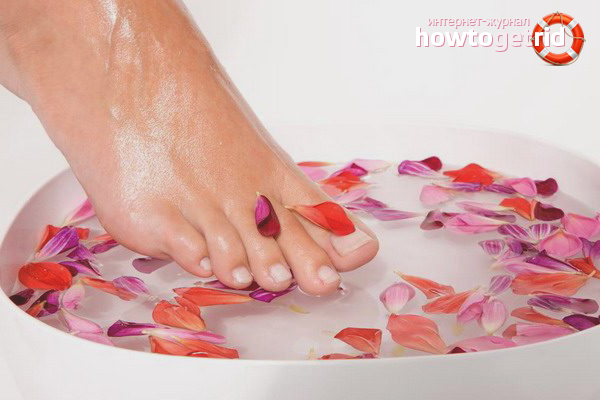
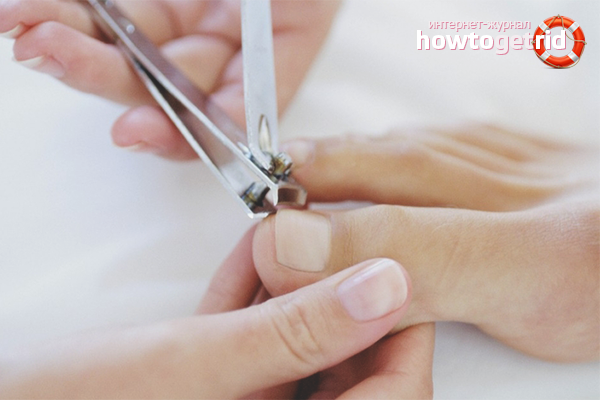
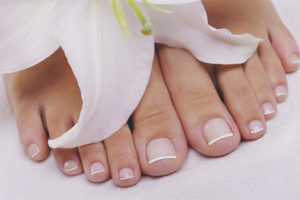
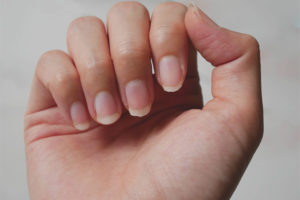
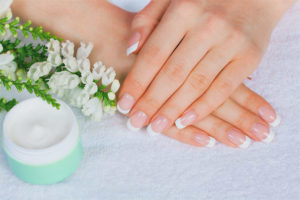

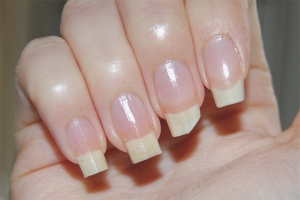
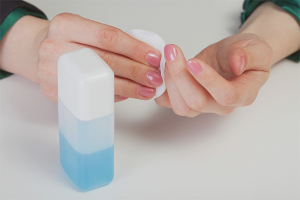

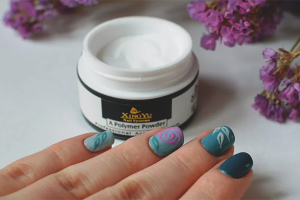
Submit